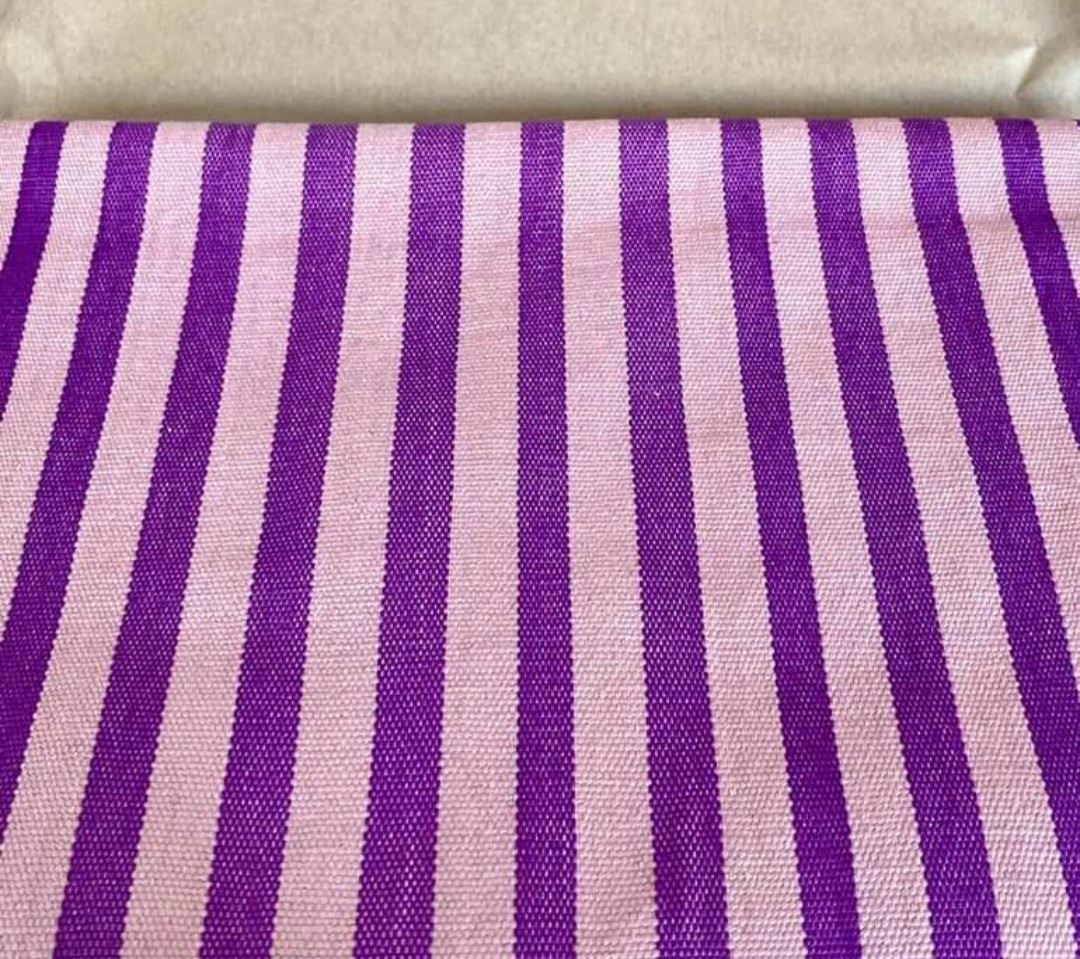Weaving Across Cultures

“We sleep, but the loom of life never stops, and the pattern which was weaving when the sun went down is weaving when it comes up in the morning.”
—Henry Ward Beecher


Doña Paula is a textile artist in Guatemala. She is part of a program started by Michaela Ullmann and Ixmuyal to support local artisans. But Michaela's vision has brought two cultures together: the Chado or Japanese Tea Ceremony Culture in the United States and Doña Paula's talents and artistry in Guatemala.
At the beginning of 2020, Michaela and her university classmate Vanessa decided to make a long-time dream come true and start a small business that ethically works with indigenous women in Guatemala to transform their traditional weaving into contemporary, meaningful, sustainable, and simply beautiful designs for the home and life.
The best thing? They get to create jobs and pay fair wages to their artisans so they can provide a stable living for their families.
Additionally, 5% of our net profit goes to educational or nutritional programs supporting indigenous communities in Guatemala.
I am a member of the Chado Urasenke Tankokai LA Association, and through my connections there I was introduced to Michaela, and through Michaela I was introduced to the beautiful designs by Doña Paula. Many of my classmates have supported this artisan program by purchasing obis and other custom made items from Doña Paula. She is a true artist, and we love her work.
I was able to ask Doña Paula about her artistic process through a translator. I hope you enjoy the interview and photographs of her inspired work.

Vanessa & Michaela, Co-Founders, IXMUYAL
All of this has come about through many relationships and across cultures.



"I have learned that each and every piece of cloth embodies the spirit, skill, and personal history of an individual weaver. . . . "
—Nilda Callanaupa Alvarez



Tell me a little bit about your life: where you live, are you married? Children?
I live in Chwitinamiit in San Juan La Laguna, and I am a widow. I have three children.
How did you learn to weave and how old were you?
My mother taught me this beautiful artwork when I was eight years old, and my mother learned it from her dear mother. This is why we call weaving a millennial tradition: An ancestral art that has a lot of value for us.
What steps are involved in creating a fabric?
First, we have to go to cotton farms on the mountain. There we chose the cotton that is already ripe and has blossomed how we call it in our Tz’utujil community. From here we start to draw the cotton into threads using a specific process. When we have the cotton threads, we are searching nature for trees and plants which provide us with the beautiful colors for our yarn. We bring them to our home and color the water with these botanical ingredients to turn them into dyes. From here, we dip the yarn into the dye for the time that is necessary to develop the color. Afterwards, we proceed to hang the yarns to dry and organize the yarn on wooden spools as a preparation for the weaving process. The result are the beautiful textiles which we make with a lot of love.
How do you come up with your designs?
They come from my emotions; they are like my living diary. They come from the beautiful colors of the Guatemalan landscapes, and from all my happiness of working with this beautiful art.
How did you feel about making Japanese obi with Guatemalan weaving? Does it make you feel that we are all really connected no matter how far we live?
It was a new experience. It was very emotional just to know that our cultures are very similar and just to think about the distance and that the weaving unites us is very exciting. The designs that I create in this type of weaving have an important significance for me, because for me this means the heartbeat of these two cultures and they are like signs of life. It takes us a lot of time to weave these obis but it is so worth it.
And yes, I think that our cultures are very connected, no matter the distance. The many similarities unite us.

We sleep, but the loom of life never stops, and the pattern which was weaving when the sun went down is weaving when it comes up in the morning.
—Henry Ward Beecher




